We have all experienced how music can change our mood, calm us down or pep us up. A number of years ago, I experienced how music can be used to maximize learning. I had arrived in the early hours of the morning, after a very long and stressful drive. I got very little sleep before I had to register at 7:30 a.m. for the first day of a three-day an accelerated learning program. The program was held in a hotel and the group was kept together all day, even during meals.
Usually, the triple impact of lack of sleep, florescent lighting, and hotel air, would generate a headache and fatigue. And, although I am relatively social, having no time alone during a day is usually exhausting. However, I had more energy by the end of the workshop at 5:30 p.m. than I had when I began the workshop!
It was not until the next day that I learned the trainers had been playing music during the entire workshop. Since it had been played at a subliminal level, I was not even conscious of hearing it. But the impact on my energy level and my ability to learn was profound.
Since that time, I have been a believer in the use of music. I quickly discovered the LIND Institute, which has been a leader in the use of music for learning, teaching, and training for over twenty-five years. They have published a book, Learn With the Classics, by Ole Andersen, Marcy Marsh, and Dr. Arthur Harvey, that explains how to use music to prime the brain for learning. The following quotes are from their book:
“Throughout each day, you function in four brain wave states: beta, alpha, theta, and delta. Beta is a high-speed state. Most of the time, during your daily activities, your brain is in beta. It’s the “doing” state, which gives you the energy to go about your business and get things done. The alpha state is slower and more relaxed. It’s the reflecting state, which gives you access to your most creative ideas and insights. It allows you to imagine, to invent, to originate.. Theta is the dreamlike state you’re in just before you drift into sleep or if you’re in very deep contemplation and meditation. Delta is the state of sleep itself. In both theta and delta, you have no sense of time. You’re completely suspended in the experiences you’re having. …Your brain must shift back and forth between alpha and beta for you to get the most out of any studying or learning experience.”
Baroque music “has a consistent beat of 55-70 beats per minute, your pulse rate at rest. When you are too tense to study or learn, as you listen to the music for even a short time, your pulse rate will automatically slow down to mirror the beat of the music. In addition, the music will cause the blood vessels in your brain to stop contracting (which they do when you’re under stress). This allows more blood to flow through your brain, making you more alert and ready to learn.”
“When the ideal music… is used during learning and studying, both sides of your brain function simultaneously. In other words, you are using your whole brain! This cannot be said of many learning tools. Somehow, because of its complexity of form (its musical structure); its melodic richness; and its predictable, safe, and secure beat, the Baroque and some classical music (principally Mozart) keep both sides of the brain working at the same time.”
I highly recommend the LIND Institute’s four CD- musical series: Relax With the Classics. It includes:
- Slow Baroque for studying, reflecting, activating newly learned information, and relaxing. (I typically use this at the very beginning of a training program, to create a sense of safety and comfort).
- Mozart, for brainstorming, reading, listening to before tests and before math and science classes and lectures, and for pure brain exercising.
- Quick Baroque for brainstorming, energy boosts, kinesthetic learning, and physical exercise. (I always use this for the last hour before lunch, the first hour after lunch, and the last hour before the end of the day, to keep energy up).
- Nineteenth- and twentieth-century romantic and impressionistic pieces for relaxing, inducing imagination and creativity, evoking imagery, creative writing, and for quiet reflection.
If you would like to learn more about the LIND Institute, visit www.relaxwiththeclassics.com.





